The Real Effect Of Loan Curbs On The Singapore Property Market: A Quick Look Back At History
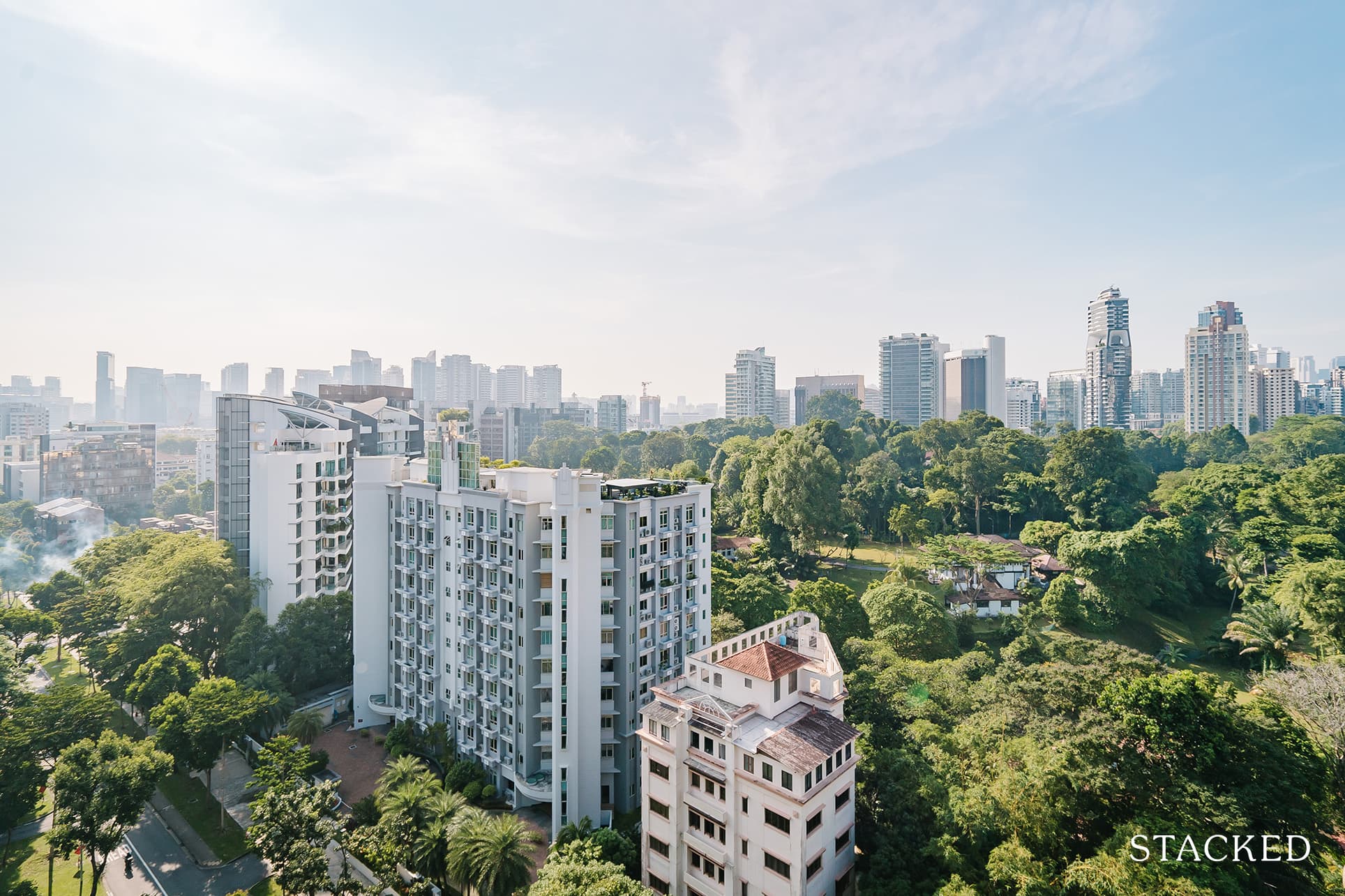
Get The Property Insights Serious Buyers Read First: Join 50,000+ readers who rely on our weekly breakdowns of Singapore’s property market.
A seasoned content strategist with over 17 years in the real estate and financial journalism sectors, Ryan has built a reputation for transforming complex industry jargon into accessible knowledge. With a track record of writing and editing for leading financial platforms and publications, Ryan's expertise has been recognised across various media outlets. His role as a former content editor for 99.co and a co-host for CNA 938's Open House programme underscores his commitment to providing valuable insights into the property market.
One of the most dreaded policy tweaks by MAS is loan curbs – restrictions on how much you can borrow. In almost every round of cooling measures, we’ve come to learn that nothing makes buyers shrink back more than a tightened Loan to Value (LTV) ratio, or a stricter Total Debt Servicing Ratio (TDSR). In today’s chart, we look at the effect this measure has had on the property market:
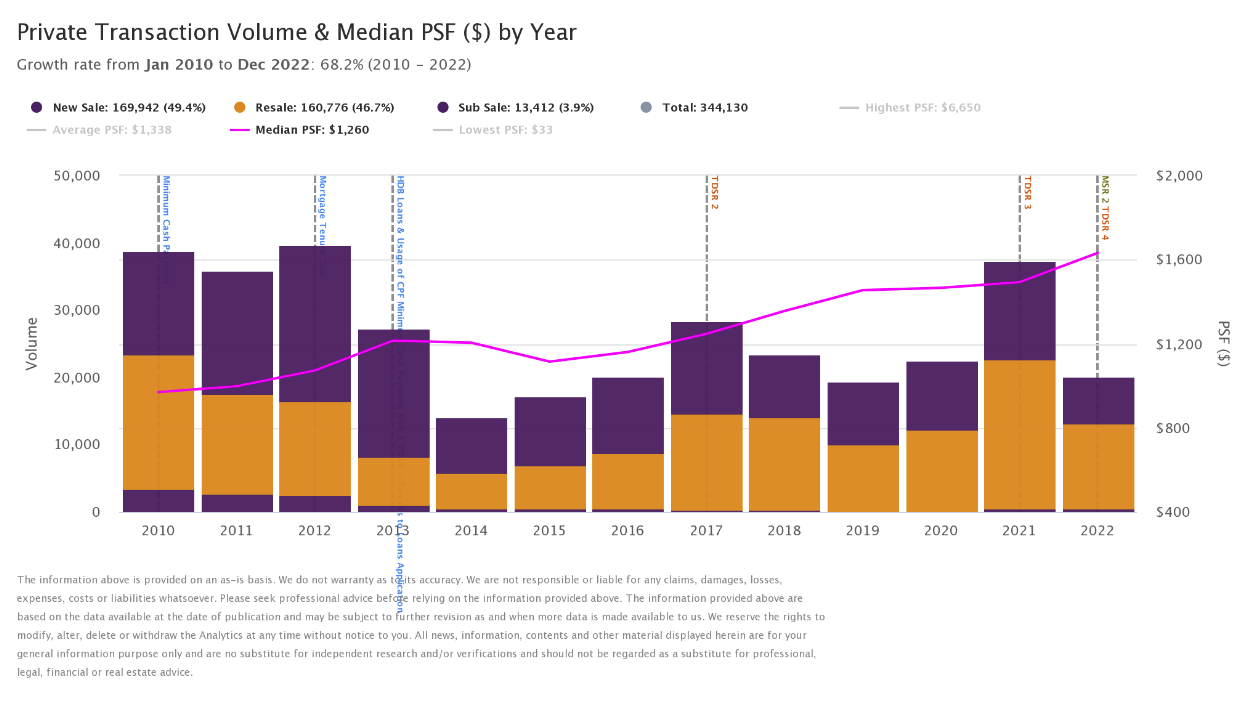
Table Of Contents
- A quick note on loan curbs versus cooling measures
- A rundown of the loan curbs above:
- It takes some time for the loan curbs to “bite” and drive down prices
- The last few rounds of loan curbs were less significant than their predecessors
- Loan curbs may lower prices, but they also bring refinancing risks
A quick note on loan curbs versus cooling measures
Loan curbs tend to be rolled out with other cooling measures; but technically speaking, a loan curb is not a cooling measure. TDSR, for instance, is not a temporary measure to cool housing prices; it is a fundamental change in the loan process.
At this point, most market watchers have theorised that cooling measures aren’t temporary at all, and are here to stay. But with loan curbs, we know for sure that these aren’t part of temporary measures.
A rundown of the loan curbs above:
February 2010: The maximum LTV ratio for bank loans fell to 80 per cent. The LTV for HDB falls to 90 per cent.
Later on 30th August, LTV was further reduced to 75 per cent of the property price or valuation (whichever is lower), and the first five per cent of the property must be paid in cash (for private residences).
October 2012: The maximum loan tenure for residential property is set to 35 years. In addition, loans with a tenure of more than 30 years receive tighter LTV ratios.
January 2013: Loan restrictions are tightened even further, for buyers purchasing second or third homes, or who have loan tenures beyond 30 years.
The Mortgage Servicing Ratio (MSR) is introduced for HDB properties; this caps monthly loan repayment at 30 per cent of the borrower’s income.
July 2018: LTV ratios shrink from 80 to 75 per cent, for private bank loans.
December 2021: TDSR ratios are tightened, from 60 to 55 per cent. The LTV for HDB loans is reduced from 90 to 85 per cent.
September 2022: The LTV for HDB loans is reduced from 85 to 80 per cent. The floor rate – or the interest rate used to calculate the MSR and TDSR – is raised by 0.5 per cent (e.g., when determining your home loan repayment amount for TDSR purposes, the interest rate used is four per cent, regardless of the actual market rate).
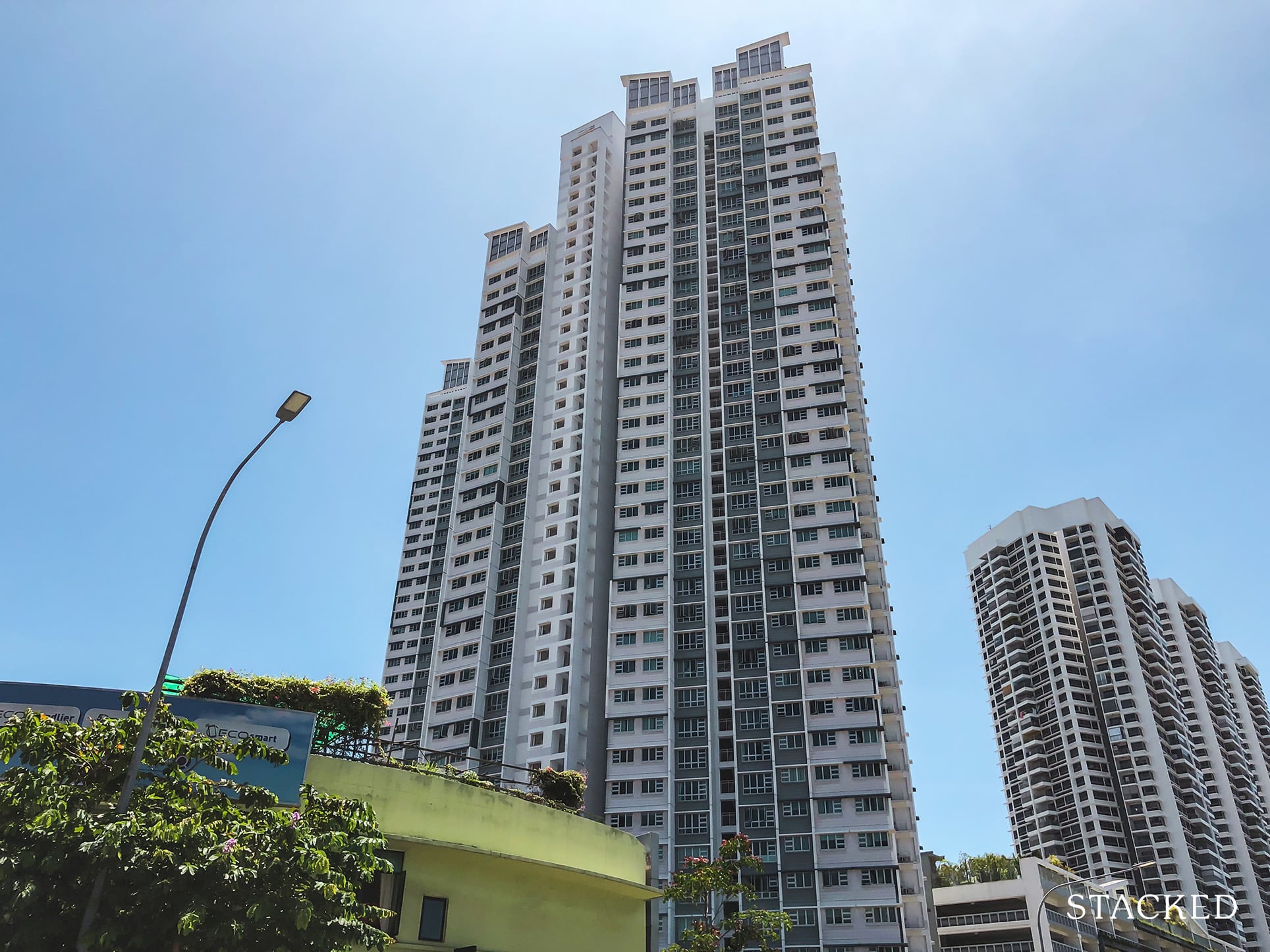
Singapore Property NewsBiggest Winners And Losers Of The Latest Cooling Measures In 2022: How Does This Affect You?
by Ryan J. OngIt takes some time for the loan curbs to “bite” and drive down prices
Between 2010 to 2013, there were five rounds of loan curbs. Despite this, median prices climbed from $970 psf to $1,215 psf.
It was only around 2014 that prices and volume seemed to fall; and by that point that were other cooling measures contributing (such as the ABSD). After that, it took till around 2017 for prices to recover, climbing back to $1,247 psf.
So even though we saw loan curbs in December and September this year, it’s unlikely that we’ll see a steep drop in home prices. As of end 2021, home prices averaged $1,493 psf; it remains to be seen if last year’s momentum can be maintained.
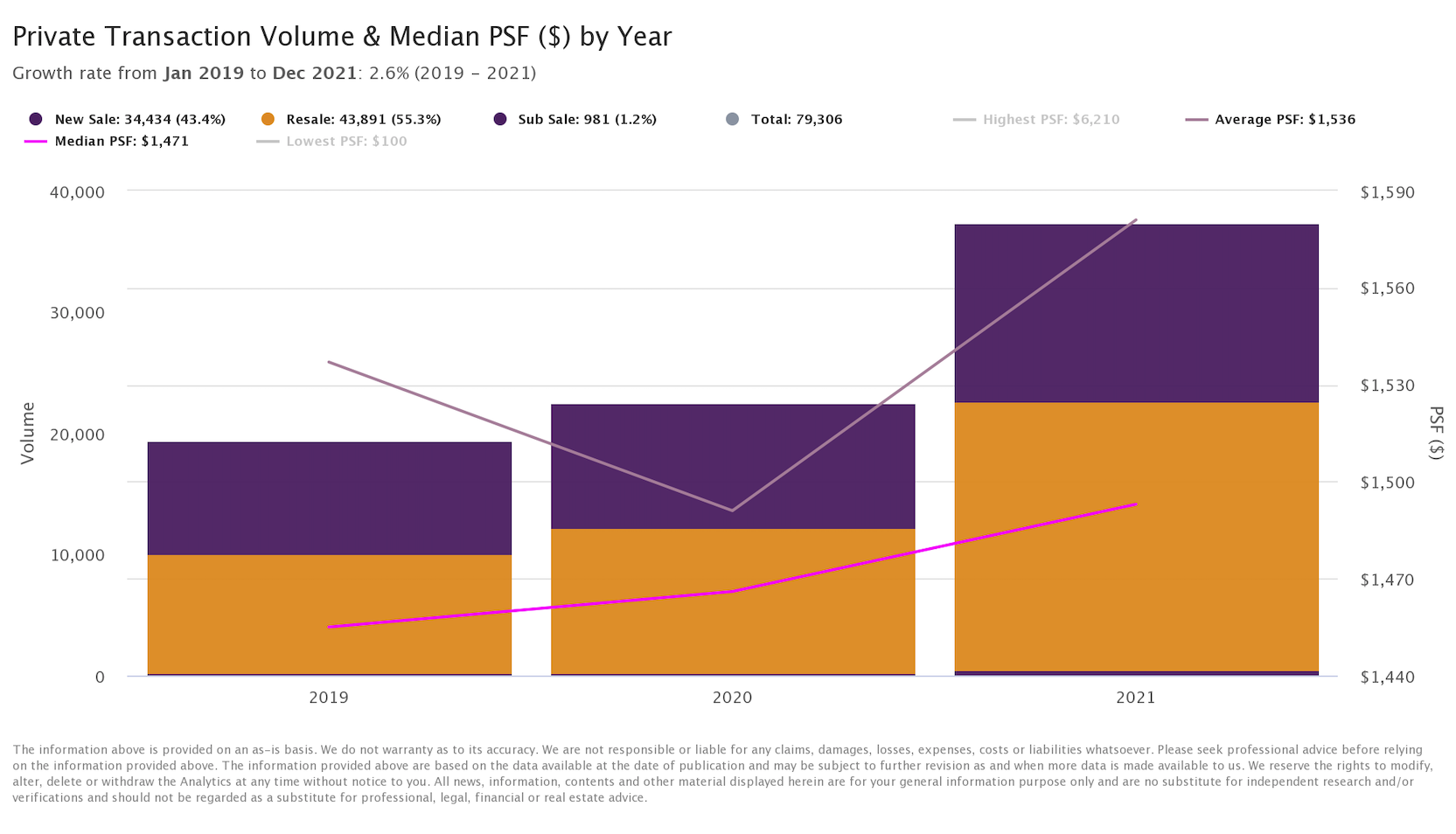
The last few rounds of loan curbs were less significant than their predecessors
The earliest loan curbs were far harsher – the most significant of them being the mandatory five per cent down payment in cash. The high cash outlay normalised the process of starting with an HDB, and then relying on sale proceeds to cover the cash down.
The latest cooling measures haven’t come close. Lowering the LTV on HDB loans, for instance, doesn’t affect most buyers: most Singaporeans already paid more than 20 per cent down for their HDB units.
For those buying private properties or bank loans, note that the LTV hasn’t budged: it’s still 25 per cent down payment.
The only effect of the latest cooling measures is to raise the projected monthly home loan repayments, for the purposes of MSR and TDSR qualifications. This may require some Singaporeans to fork out a higher down payment, but that’s not an issue if HDB upgraders are selling their flats at record prices.
Loan curbs may lower prices, but they also bring refinancing risks
In an overheated market like 2022, many will rally behind the idea of loan curbs (or anything that will lower prices).
But bear in mind that, with the new floor rate, many who could previously get home loans might now fail to do so – it’s possible that they qualified under the MSR and TDSR in 2012, for instance, but can’t do so in 2022.
This might trap some buyers into higher rates, as they can’t refinance. It may also have influenced the recent proposition to allow a one-time refinancing, from bank to HDB loans.
(Right now you can refinance from a bank to an HDB loan an HDB loan to a bank loan, but not the other way around).
Follow us on Stacked, and we’ll update you if we see the loan curbs start to bite. In the meantime, though, it’s best to save aggressively and plan for a smaller loan quantum than you expected.
If you’d like to get in touch for a more in-depth consultation, you can do so here.
Ryan J. Ong
A seasoned content strategist with over 17 years in the real estate and financial journalism sectors, Ryan has built a reputation for transforming complex industry jargon into accessible knowledge. With a track record of writing and editing for leading financial platforms and publications, Ryan's expertise has been recognised across various media outlets. His role as a former content editor for 99.co and a co-host for CNA 938's Open House programme underscores his commitment to providing valuable insights into the property market.Read next from Property Trends
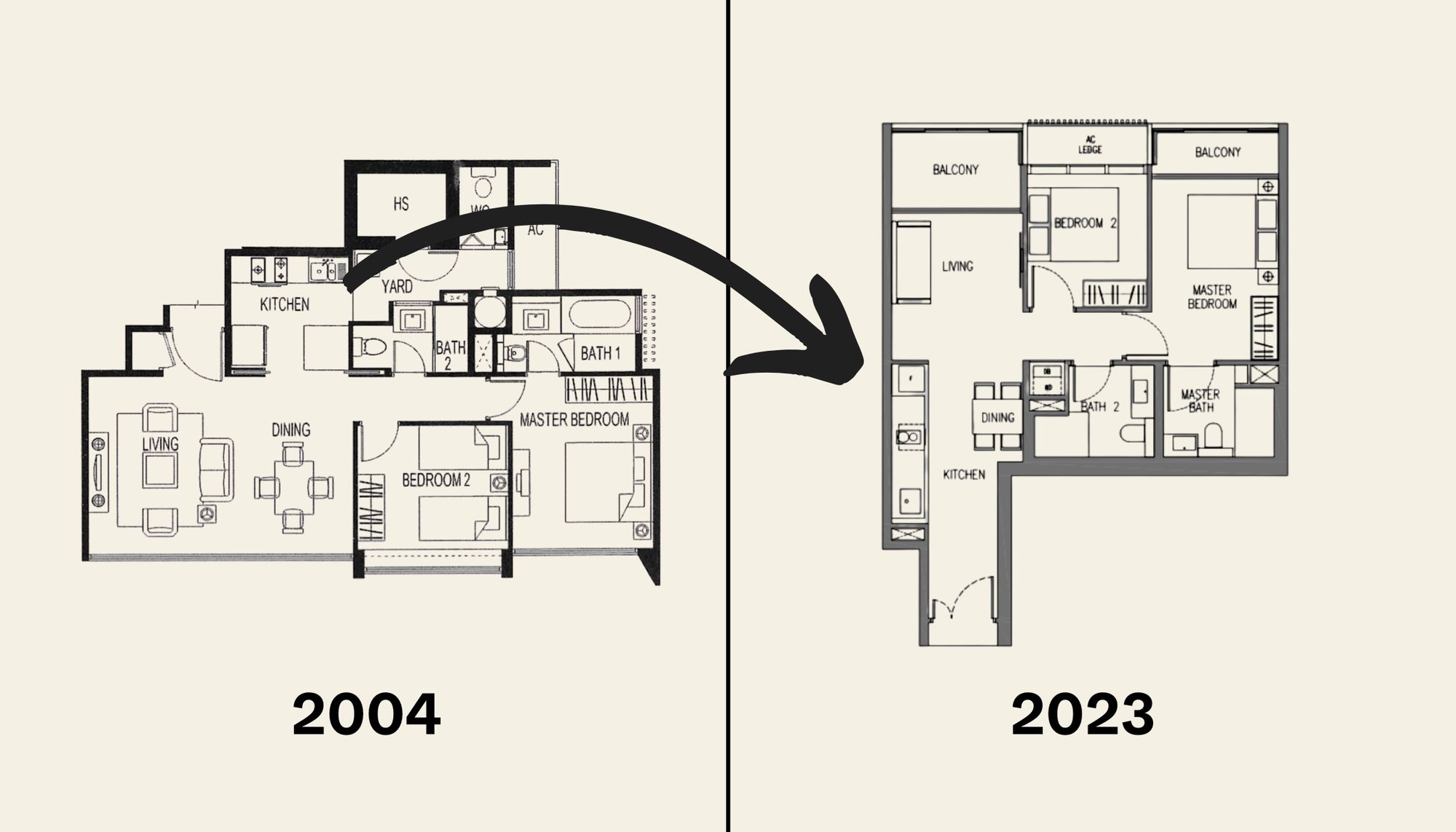
Property Trends The Room That Changed the Most in Singapore Homes: What Happened to Our Kitchens?
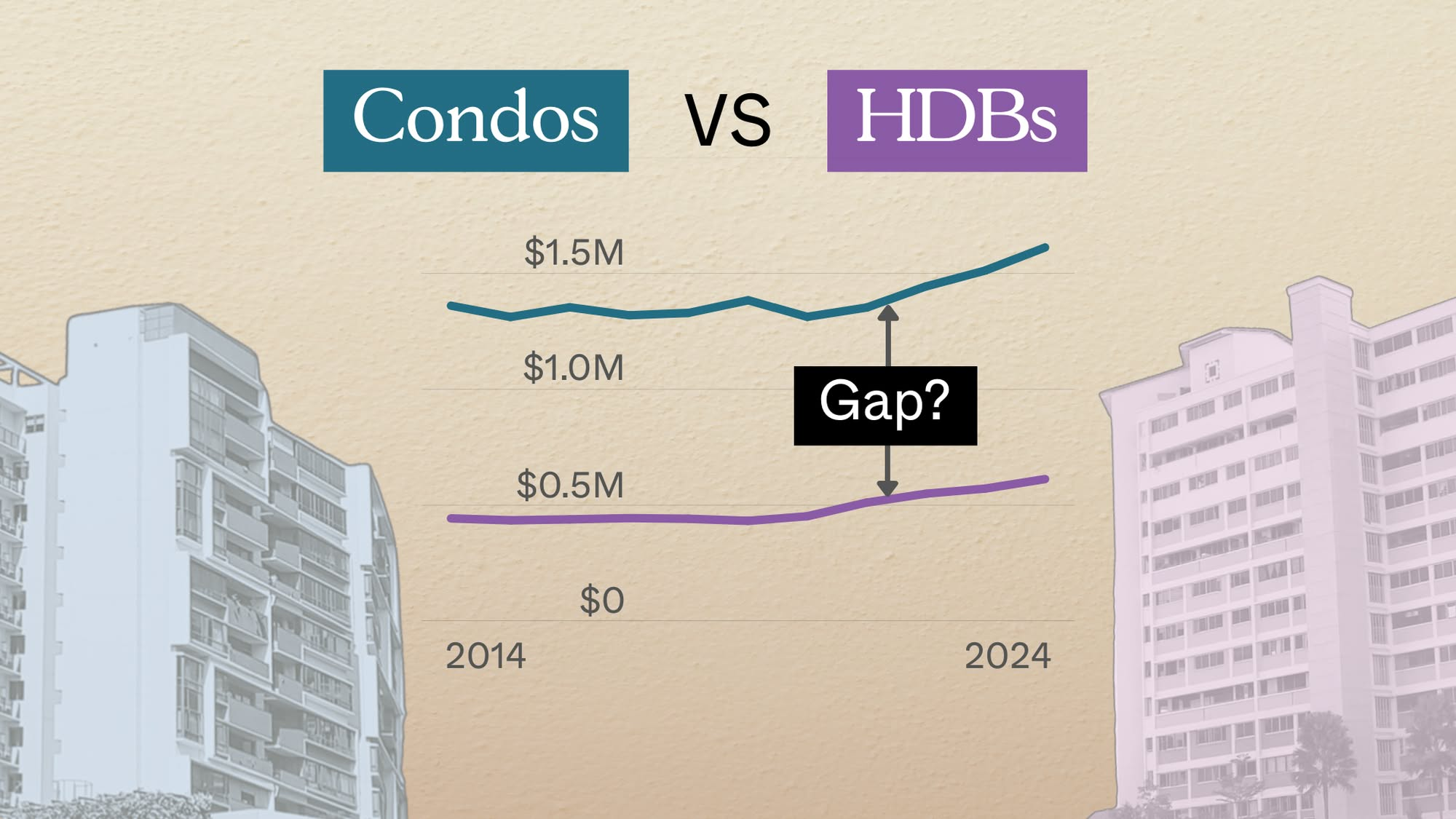
Property Trends Condo vs HDB: The Estates With the Smallest (and Widest) Price Gaps
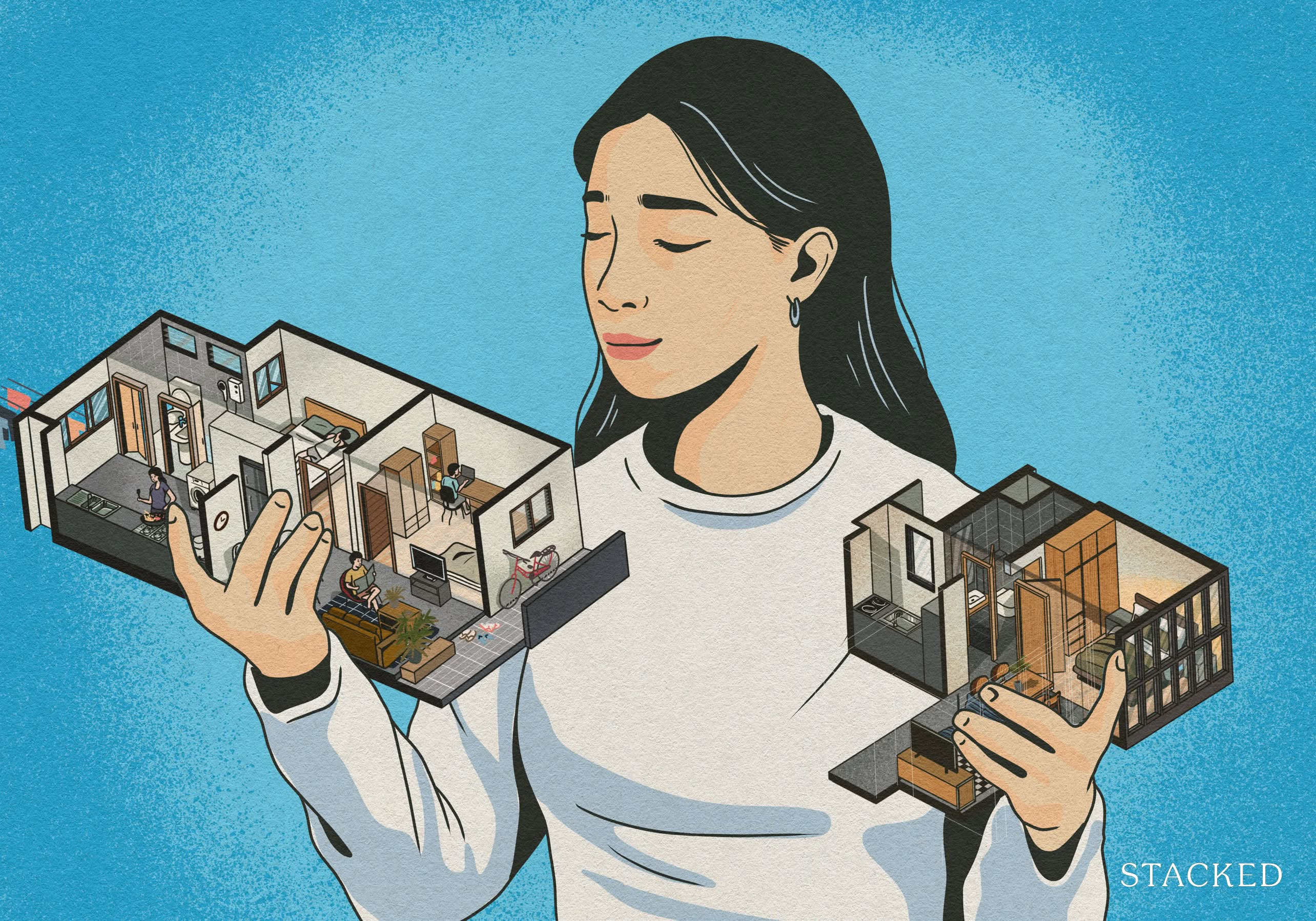
Property Trends Why Upgrading From An HDB Is Harder (And Riskier) Than It Was Since Covid
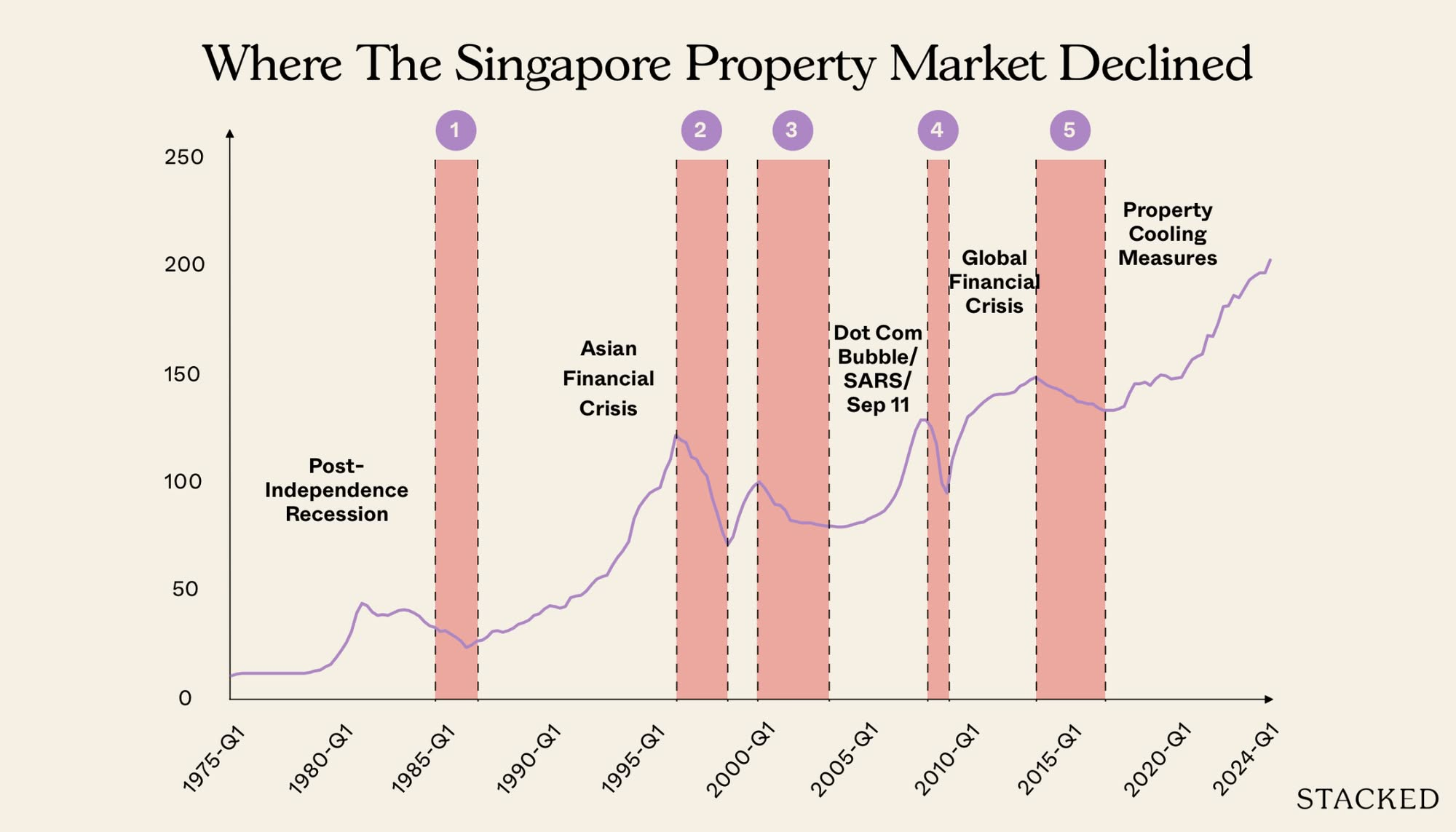
Property Trends Should You Wait For The Property Market To Dip? Here’s What Past Price Crashes In Singapore Show
Latest Posts

Property Market Commentary Why The Singapore Property Market Will Be Different In 2026 — And It’s Not Just About Prices

Editor's Pick 2025 Year-End Review Of The Singapore Property Market: What The Numbers Reveal

Pro This 21-Year-Old Condo Didn’t Sell Out Initially, Yet Became A Top Performer

Editor's Pick How The HDB Resale Market Performed In 2025, And What It Means For 2026 Prices

Editor's Pick 4 Key Trends Reshaping Singapore’s New Launch Condo Market In 2026

Editor's Pick What I Only Learned After My First Year Of Homeownership In Singapore

Singapore Property News Why More Land Doesn’t Automatically Fix Housing In Singapore

On The Market Here Are The Cheapest 4-Room HDB Flats in Central Singapore You Can Still Buy From $490K

Editor's Pick Should We Buy An Old 99-Year Leasehold Condo To Live In: Will It’s Value Fall When The Lease Runs Out?

Pro How A Once “Ulu” Condo Launched In 1997 Became A Top Performer

Editor's Pick I Reviewed A New Launch 4-Bedroom Penthouse At Beauty World

Property Market Commentary When Renting In Singapore Is The Smarter Move — And Buying Can Wait

Editor's Pick Why Singaporean Families Are Looking At This Landed Enclave From Around $4M

Singapore Property News Lentor’s First Condo Is Complete — The Early Profits May Surprise You

Editor's Pick A Wave Of New HDB Resale Supply Is Coming In 2026: Here’s Where To Find Them


